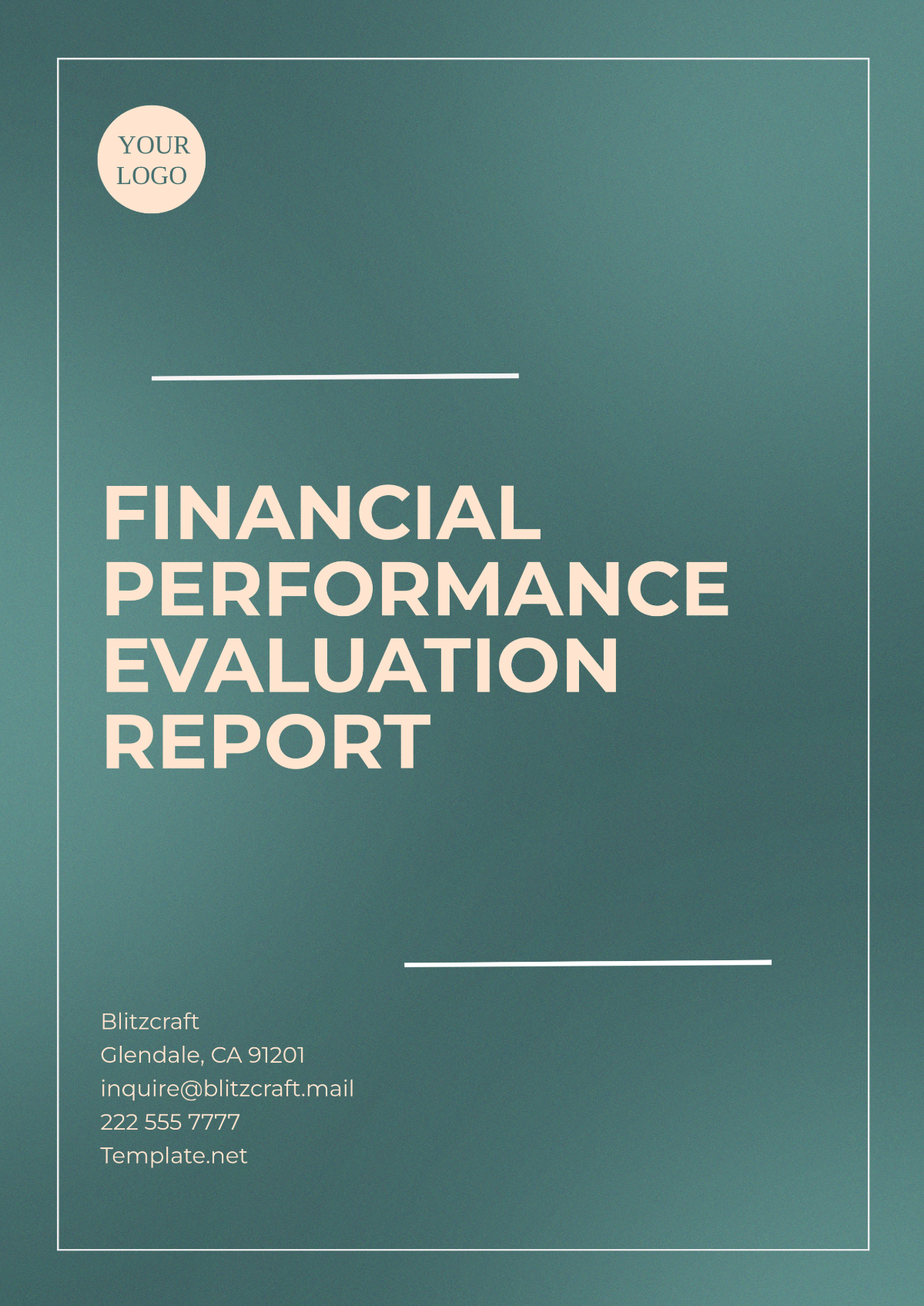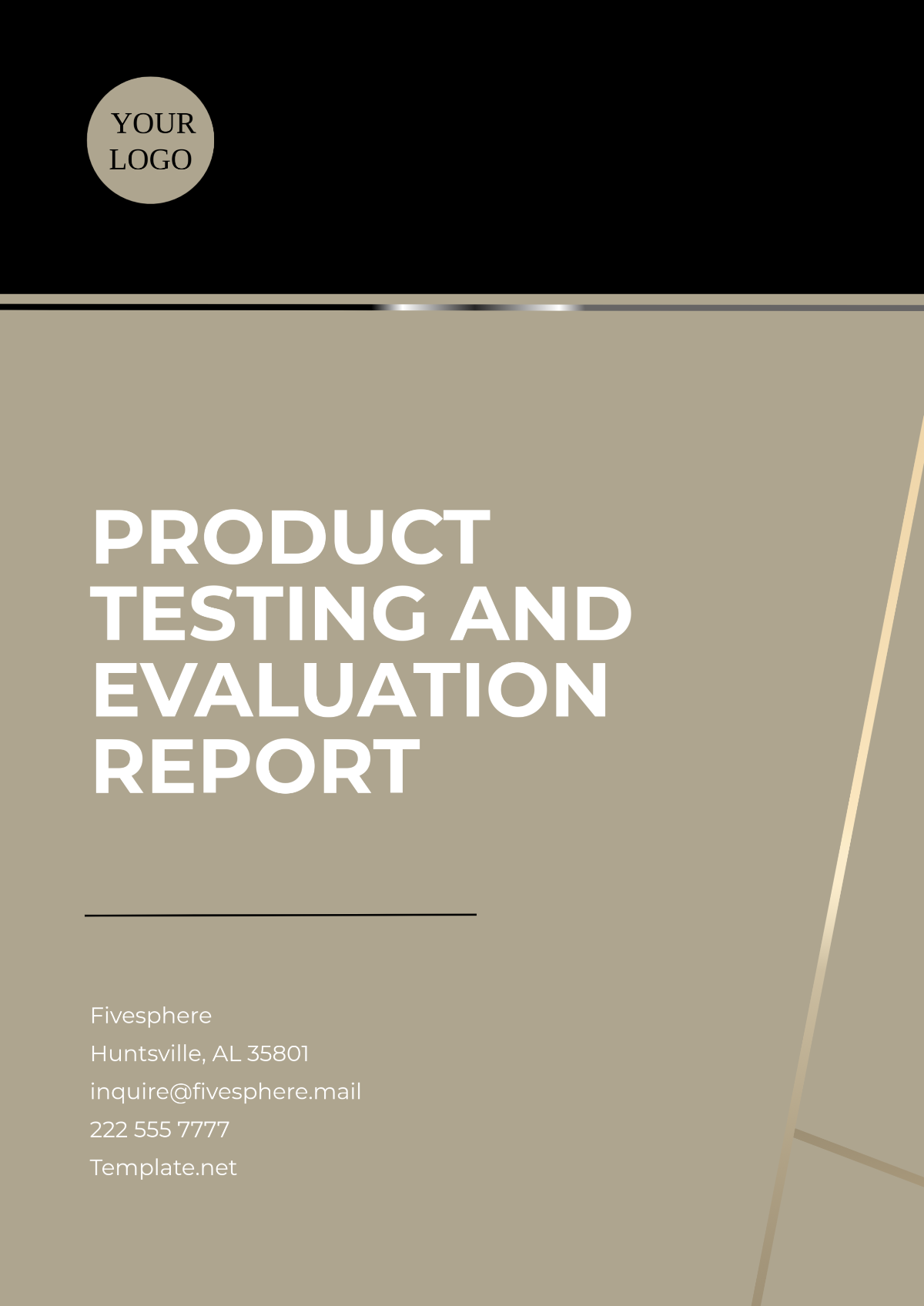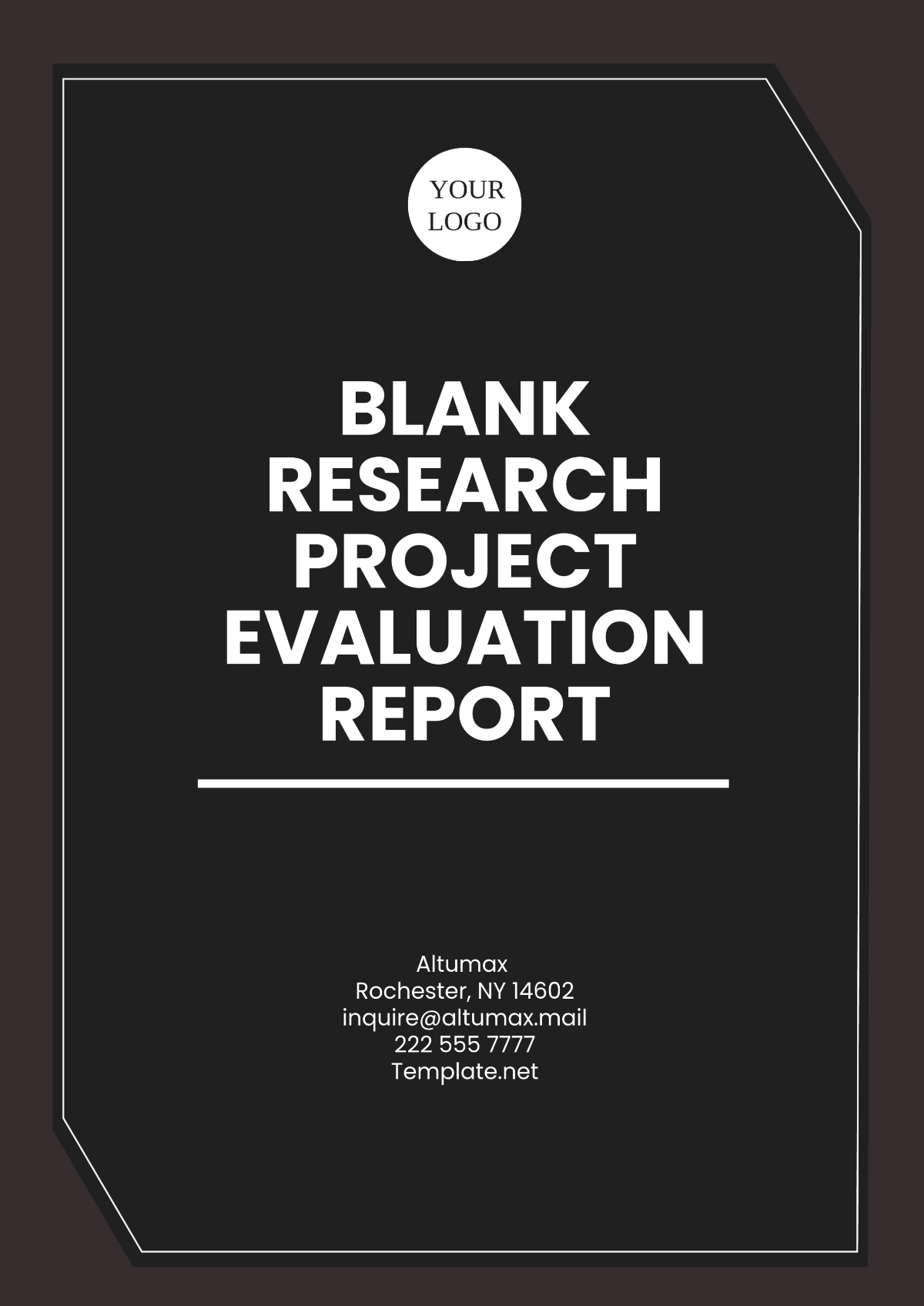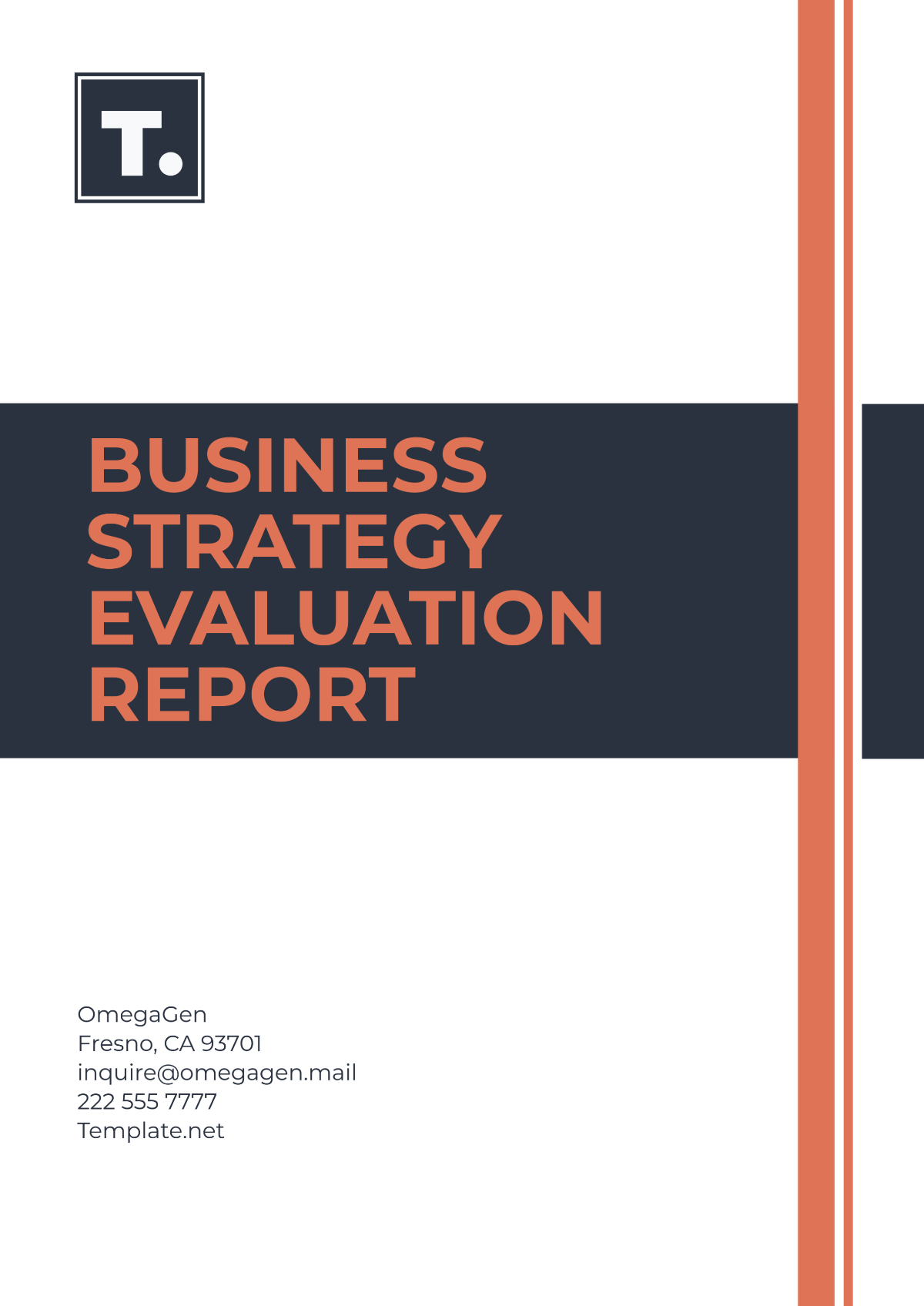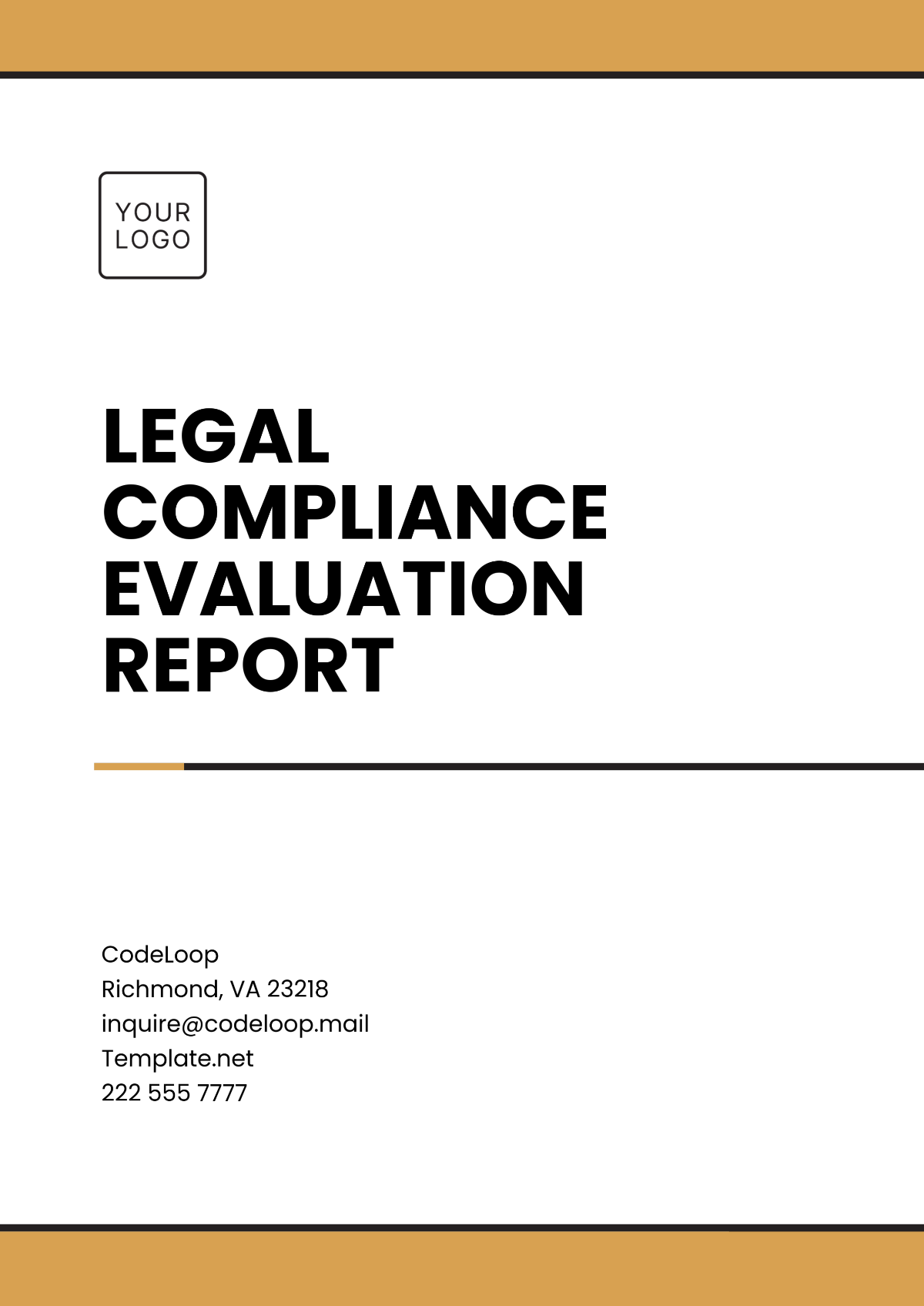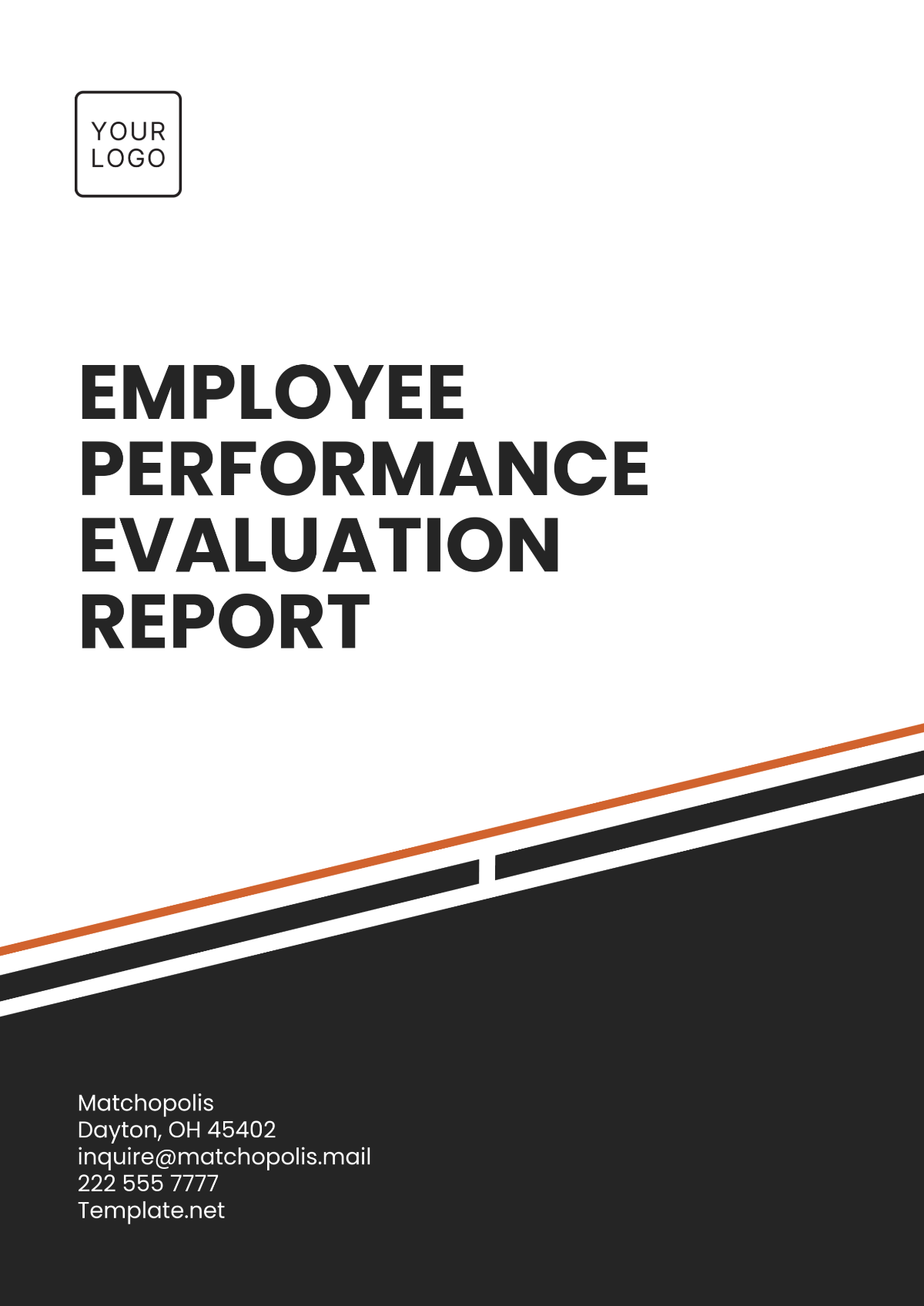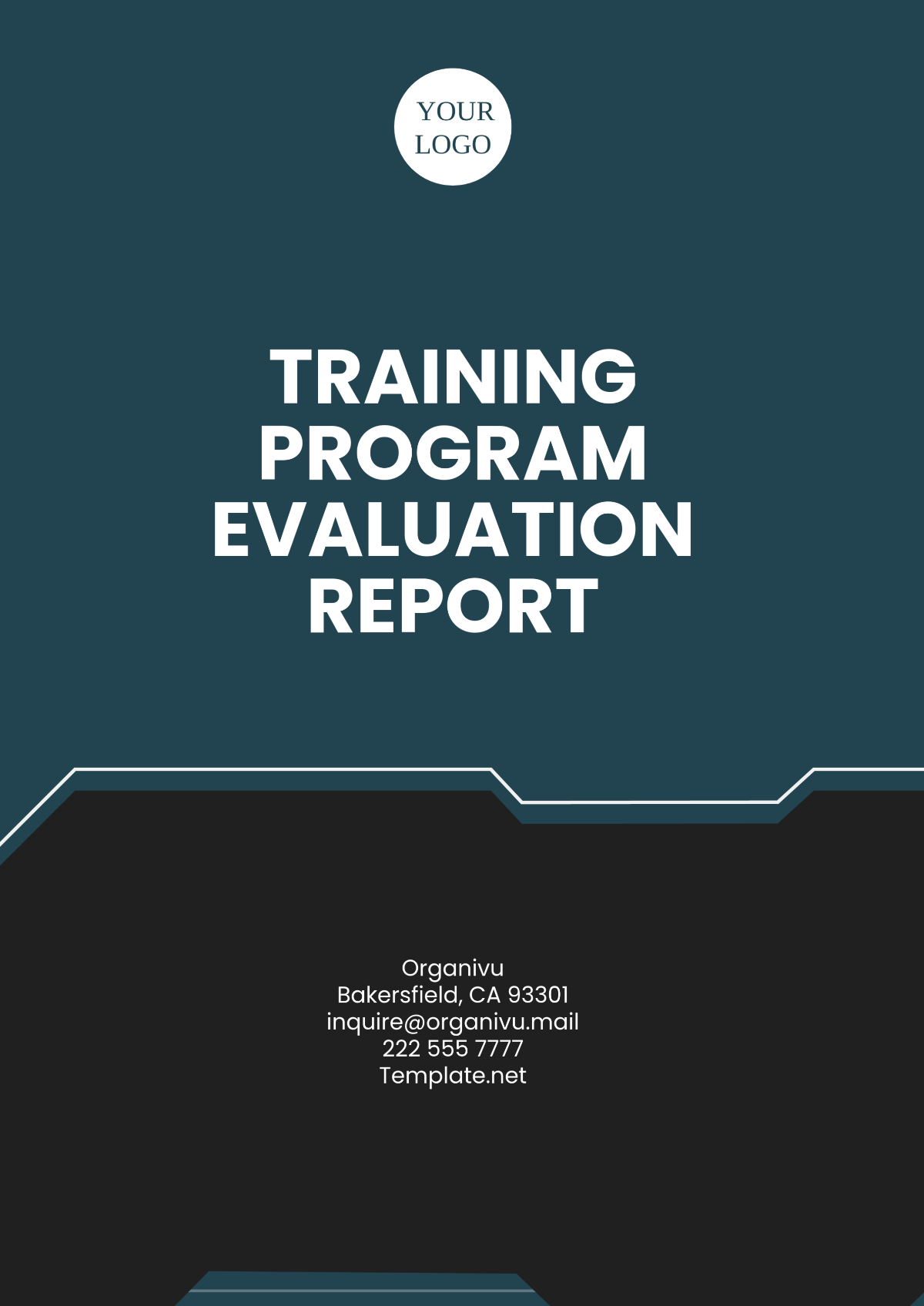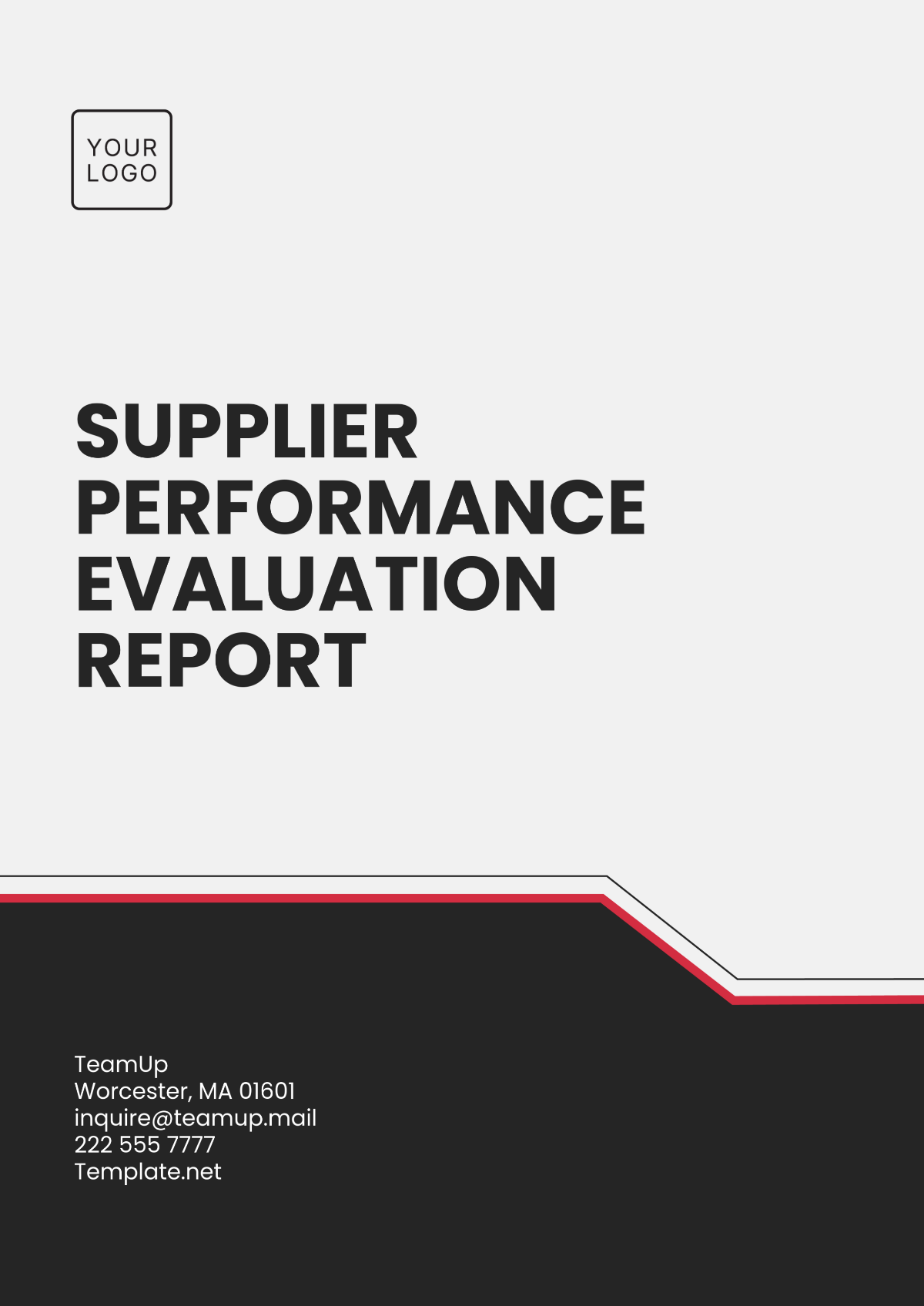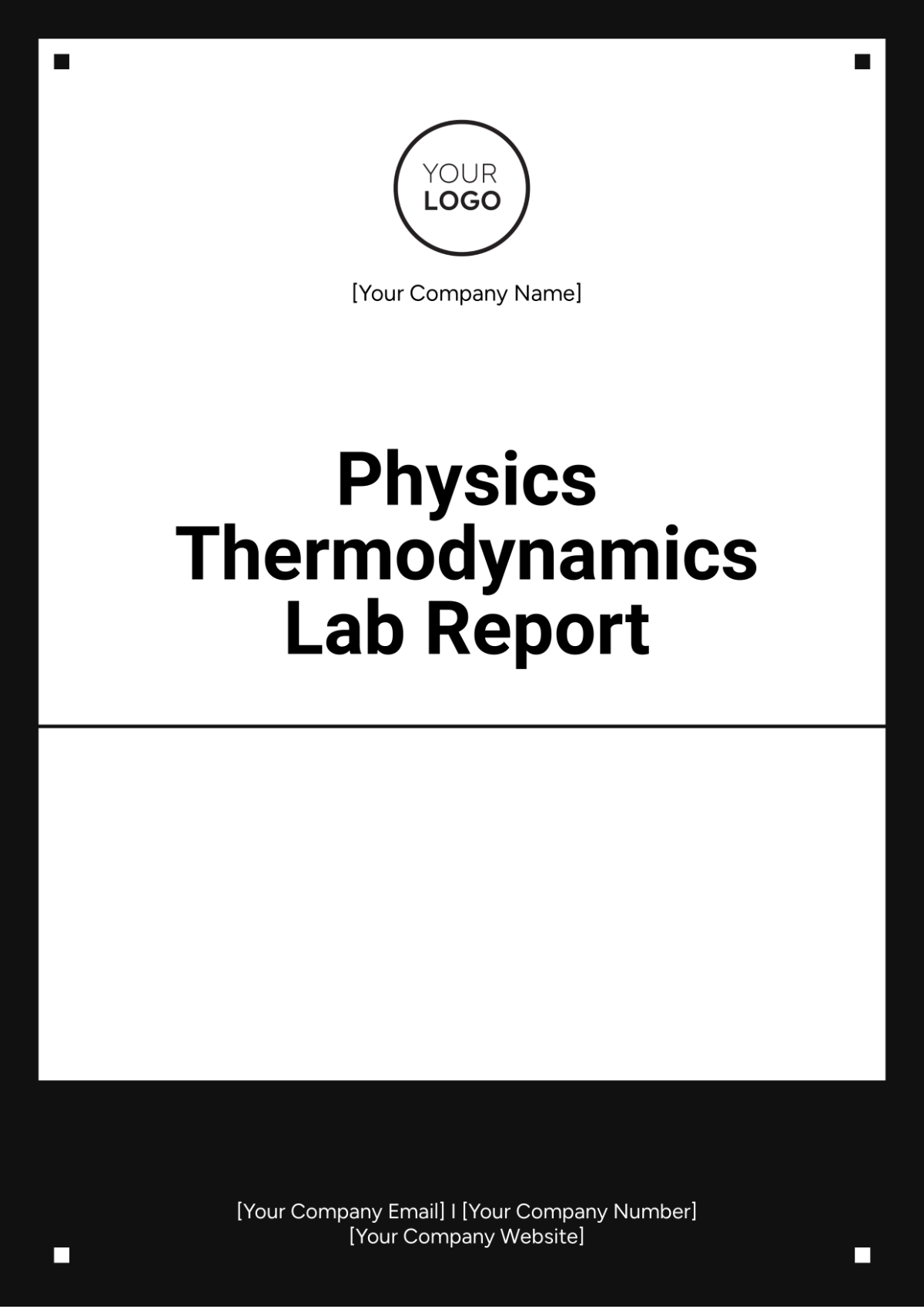Physics Thermodynamics Lab Report
Prepared by: [Your Name]
Date: [Date]
1. Abstract
This lab report presents the findings from a series of experiments conducted to explore fundamental concepts in thermodynamics. The experiments focused on the principles of heat transfer, thermodynamic cycles, and the behavior of gases. The objectives were to investigate the efficiency of heat engines, analyze the properties of various gases, and validate the theoretical models of thermodynamics through practical experiments. This report includes a detailed account of the methodologies used, the data collected, and the results obtained, followed by a thorough discussion and analysis.
2. Introduction
2.1 Background
Thermodynamics is a branch of physics that deals with the relationships between heat, work, temperature, and energy. It provides fundamental insights into the energy transformations that occur in physical systems. The laws of thermodynamics are essential for understanding how engines work, how energy is transferred, and how systems reach equilibrium.
2.2 Objectives
The primary objectives of the lab experiments were to:
Demonstrate the principles of the first and second laws of thermodynamics.
Investigate the performance of various thermodynamic cycles.
Analyze the behavior of ideal and real gases under different conditions.
Validate theoretical predictions with experimental data.
3. Theory
3.1 Thermodynamic Laws
First Law of Thermodynamics: This law states that energy cannot be created or destroyed, only transformed from one form to another. It implies that the change in the internal energy of a system is equal to the heat added to the system, minus the work done by the system.
Second Law of Thermodynamics: This law states that in any energy transfer, the total entropy of a system and its surroundings always increases. It indicates that heat cannot spontaneously flow from a colder body to a hotter body.
Carnot Cycle: An idealized thermodynamic cycle that operates between two temperature reservoirs. It is used to determine the maximum possible efficiency of a heat engine.
Ideal Gas Law: Describes the behavior of ideal gases, relating pressure, volume, and temperature straightforwardly.
4. Methodology
4.1 Equipment and Materials
Heat Engine Apparatus: For testing the efficiency of different thermodynamic cycles.
Gas Law Apparatus: For investigating the behavior of gases.
Calorimeter: For measuring heat transfer.
Thermometers and Pressure Gauges: For monitoring temperature and pressure.
Data Logging Software: For recording experimental data.
4.2 Experimental Procedures
A. Heat Engine Efficiency
Set up the heat engine apparatus and ensure all connections are secure.
Record the initial temperature and pressure of the working fluid.
Operate the engine and record the work output and heat input.
Calculate the efficiency of the engine based on the ratio of work output to heat input.
B. Gas Behavior
Set up the gas law apparatus with the gas sample.
Vary the pressure and volume of the gas and record the temperature.
Verify the ideal gas law using the recorded data.
4.3 Data Collection
Data was collected through direct measurements and recorded in tables. The data includes:
Temperature readings
Pressure measurements
Work done
Heat input/output
5. Results
5.1 Heat Engine Efficiency
Trial | Heat Input (Q_in) | Work Output (W) | Efficiency (η) |
|---|---|---|---|
1 | 500 J | 250 J | 50% |
2 | 600 J | 290 J | 48.33% |
3 | 550 J | 275 J | 50% |
5.2 Gas Behavior
Pressure (P) | Volume (V) | Temperature (T) |
|---|---|---|
1 atm | 1.0 L | 300 K |
2 atm | 0.5 L | 300 K |
1 atm | 2.0 L | 300 K |
6. Discussion
6.1 Analysis of Heat Engine Efficiency
The observed efficiencies were consistent with theoretical predictions for ideal engines. Minor deviations were attributed to experimental errors, such as heat loss to the surroundings and friction in the engine components.
6.2 Behavior of Gases
The results aligned well with the ideal gas law, confirming its applicability under the experimental conditions. Any discrepancies were attributed to non-ideal gas behavior at high pressures.
6.3 Comparison with Theory
The experimental results validated the theoretical models of thermodynamics. The efficiency of the heat engine was close to the Carnot efficiency, demonstrating the effectiveness of thermodynamic cycles in practical applications.
7. Conclusion
The experiments successfully demonstrated the principles of thermodynamics, including the laws governing heat engines and gas behavior. The results confirmed the theoretical predictions and provided a practical understanding of energy transformations. Future work could involve exploring more complex thermodynamic cycles and real gas behaviors.
8. References
Callen, H. B. (2050). Thermodynamics and an Introduction to Thermostatistics. John Wiley & Sons.
Carnot, S. (2051). Reflections on the Motive Power of Fire.



